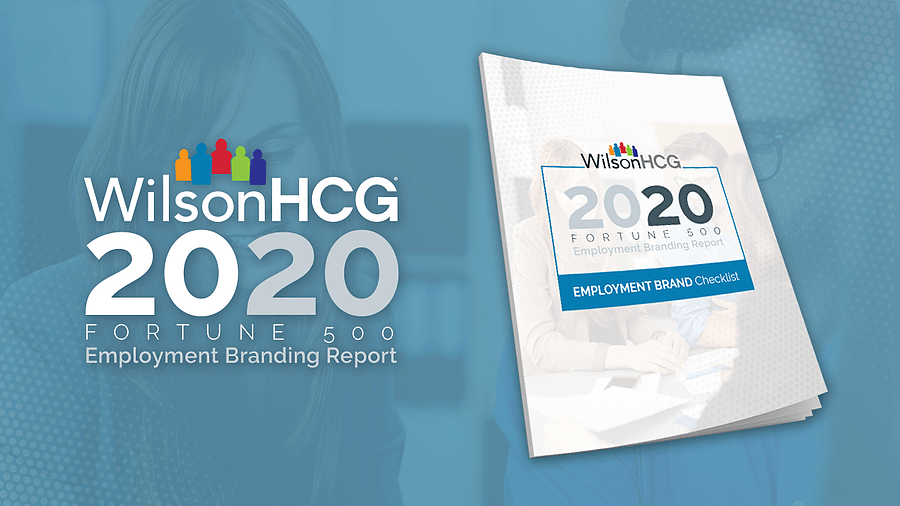Bryan Adams, the CEO of employment brand agency Ph.Creative, joined our latest roundtable as a guest speaker to discuss the state of employment brands, particularly in this time of crisis. Participants talked about what they’re doing differently because of the pandemic and the importance of telling employees to share their authentic stories. The difference between a brand ambassador and brand advocate was a hot topic too. So, what did we learn?
Volume or value? Are you collecting resumes or curating candidates?
What we heard: Don’t use employment brand like a magnet; use it like a filter instead.
What we understood: A high number of applicants isn’t necessarily a good thing. It’s about finding the right fit and that requires honesty in employment brand.
What is required: Be brutally honest about your organization’s culture. You can define, design and deploy an EVP, but a brand evolves from employees living your values and engaging with your purpose. Simply put, it’s what your employees say about your organization.
A crisis isn’t ALL bad.
What we heard: A crisis brings people together, increases empathy and encourages people to be kind to each other.
What we understood: Talent acquisition leaders have seen employees’ true characters come out
under pressure. People genuinely do care for each other and want to know that their colleagues and their families are safe.
What is required: Even though employees are further apart because of remote working, workforces do feel closer and like they’re in it together. Support this feeling of belonging with more touchpoints, conversations, empathy and compassion.
Employee advocates are the new secret brand agents.
What we heard: Brand ambassadors aren’t representative of an organization.
What we understood: Brand ambassadors and brand advocates aren’t the same, but the terms are used interchangeably. The difference is authenticity. Ambassadors tend to only talk about the good things, while advocates are flat-out honest.
What is required: Look for advocates rather than ambassadors. Encourage them to tell the truth because that authentic, raw content will result in truly culturally aligned candidates.
Re-recruit your existing talent. Do they meet the “new normal” test?
What we heard: There has been a renewed focus on retention.
What we understood: It’s just as important to focus on retaining good employees as it is to attract new employees. Reminding employees why they’re there and what value they bring is key.
What is required: Messaging must be authentic and consistent, internally and externally. Collect employee-generated content to use externally. Employees will feel valued as the star of the show, and candidates will get the authenticity they crave.
Actionable takeaways
HONESTY: Ask employees if it was their job to convince someone to stay away from the organization and they couldn’t lie, what would they say. Then ask them why they stay. Authenticity is now a requirement in an employer brand and EVP, but candidates prefer brutal honesty.
REAL STORIES: Times of crisis provide the ideal opportunity to stress test your employment brand and EVP. Being transparent about the challenges is a must. Ask employees about how they’ve supported each other through difficulty and help them tell their story.
ADVOCACY: A brand ambassador needs to be an advocate, not just a cheerleader. Be comfortable that these stories will be used for attraction, internal engagement and to boost morale. They will act as a filter, not bring masses to your organization.
CONSISTENCY: The internal and external messaging should feed into the same EVP pillars. You need to use internal, employee-generated content to attract and generate engagement externally.
Download WilsonHCG's Fortune 500 Employment Branding Checklist here.
About Paul Dodd
Paul Dodd is the head of Canadian engagement for WilsonHCG. Paul helps organizations, across a spectrum of sizes and industries, realize their unique talent needs by combining global knowledge with specialized Canadian expertise. He is a recognized thought leader with more than 20 years of practical experience. Under Paul's leadership, WilsonHCG has developed a range of customized, strategic recruitment solutions that shorten the recruitment life cycle while driving value for for each client. Paul continues to push for greater innovation in recruitment solutions development, while emphasizing the need for customer service and comprehensive support.



